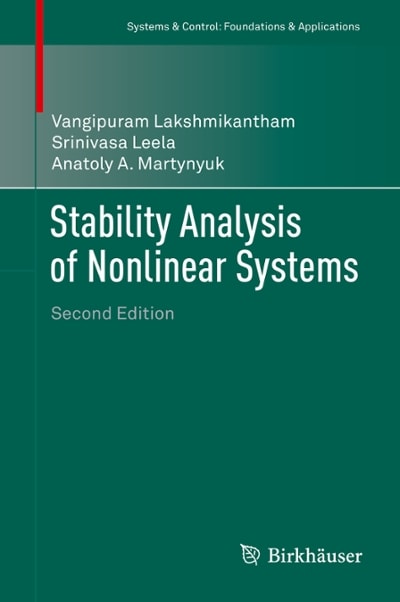Problem 4 - Capital Metro UT Ridership The le capmetro_UT .csv contains data from Austin's own Capital Metro bus network, including shuttles to, from, and around the UT campus. These data track ridership on buses in the UT area. Ridership is measured by an optical scanner that counts how many people embark and alight the bus at each stop. Each row in the data set corresponds to a 15minute period between the hours of 6 AM and ll] PM, each and every day, from September through November 2018. The variables are: - timestcmp : the beginning of the 15-minute window for that row of data I boarding: how many people got on board any Capital Metro bus on the UT campus in the specic 15 minute window - alighting: how many people got off ("alit") any Capital Metro bus on the UT campus in the specific 15 minute window - day_of_week and weekend: Monday, Tuesday, etc, as well as an indicator for whether it's a weekend. . temperature: temperature at that time in degrees F - hour_of_da.y : on 24-hour time, so 6 for 6 AM, 13 for 1 PM, 14 for 2 PM, etc. - month: July through December Your task in this problem is to make two faceted plots and to answer questions about them. 1. One panel of line graphs that plots average boardings grouped by hour of the day, day of week, and month. You should facet by day of week. Each facet should include three lines, one for each month, colored differently and with colors labeled with a legend. Give the gure an informative caption in which you explain what is shown in the figure and address the following questions, citing evidence from the gure. Does the hour of peak boardings change from day to day, or is it broadly similar across days? Why do you think average boardings on Mondays in September look lower, compared to other days and months? Similarly, why do you think average boardings on Weds/ Thurs /Fri in November look lower? 2. One panel of scatter plots showing boardings (y) vs. temperature (2:) in each 15-minute window, faceted by hour of the day, and with points colored in according to whether it is a weekday or weekend. Give the figure an informative caption in which you explain what is shown in the figure and answer the following question, citing evidence from the gure. When we hold hour of day and weekend status constant, does temperature seem to have a noticeable effect on the number of UT students riding the bus? These are exactly the kind of gures that Capital Metro planners might use to understand seasonal and intraweek variation in demand for UT bus service. These are also the kind of figures one would create in the process of building a model to predict ridership. This problem has conceptual and coding similarities to our Homework 1 problem on bikeshare ridership in Washington, DC. Feel free to use that script as a template for some aspects of this problem. The basic skills of "group/pipe/summarize" and plotting will remain useful







